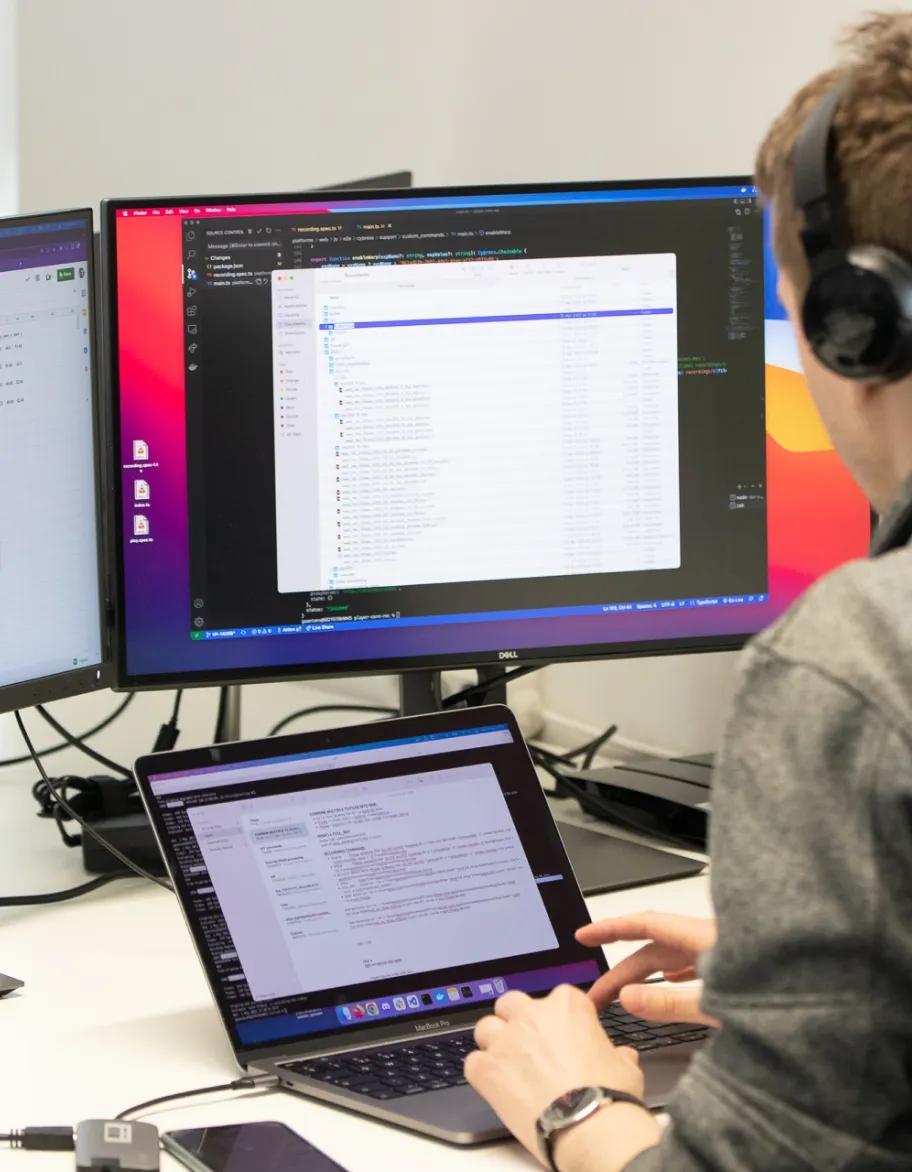User Acceptance Testing Services
User acceptance testing (UAT) is a final and critical phase of the software development life cycle to build confidence that the solution performs as expected. To get the most out of it, it's highly suggested to use independent and experienced QA experts and/or beta testers. Contact us to ensure a smooth product launch!

Perform in-depth validation
Collaboration is a key to fast time-to-market. For that reason, we collaborate with the clients to understand their workflows, use cases, and business objectives. Then, we develop or improve existing test cases to cover all acceptance criteria from both functional and non-functional side.

During functional testing, we can validate all the features based on documentation or do that in blackbox, exploratory testing approach, simulating the end user using your application. Additionally, with instant access to 5000+ real devices, we ensure that the majority of real-life scenarios are covered.
Learn moreBeta testers or independent QA?
Companies often debate using beta testers versus independent and experienced QAs. At first glance, it might seem a logical solution to choose beta testers since they reflect a potential end-user, but it has some major drawbacks.
Beta Tester
Beta Tester
Independent QA
Independent QA
Unbiased perspective
It's essential to get an independent view of the app to ensure the best results.
Beta Tester
Independent QA
Experience in QA
Experience in QA & software testing field boosts efficiency, quality, and coverage.
Beta Tester
Independent QA
Structured & quality-built reports
Structured reports are actionable reports, and it means a more efficient process.
Beta Tester
Independent QA
Versatility & cross-domain knowledge
App should be validated thoroughly covering various aspects, like functionality, usability, security, performance, etc.
Beta Tester
Independent QA
Ability to do compatibility testing
Compatibility testing is essential to cover the majority of devices and OS combinations.
Beta Tester
Independent QA
Test on different networks
To validate software integrity under different real-life scenarios, network conditioning should be included in the UAT phase.
Beta Tester
Independent QA
In-house vs Outsource teams
External QA experts bring advantages for precise user acceptance testing to mitigate launch risks. Use help from our experienced QA engineers and launch with confidence!
In-house
In-house
Outsourced
Outsourced
Initial product understanding
In-house
Outsourced
Unbiased perspective
In-house
Outsourced
Flexibility to scale instantly
In-house
Outsourced
Around-the-clock coverage
In-house
Outsourced
Cross-product exposure
In-house
Outsourced
For additional information on the benefits and downside of choosing in-house or outsourced QA, visit Why TestDevLab section.
Tools used for maximum flexibility
When it comes to effective user acceptance testing, it's not enough to have the right people; this process requires tools and technologies to get the most out of it and deliver a smooth product launch.

Test Management
and others
Performance Testing
and others
Project Management
and others











